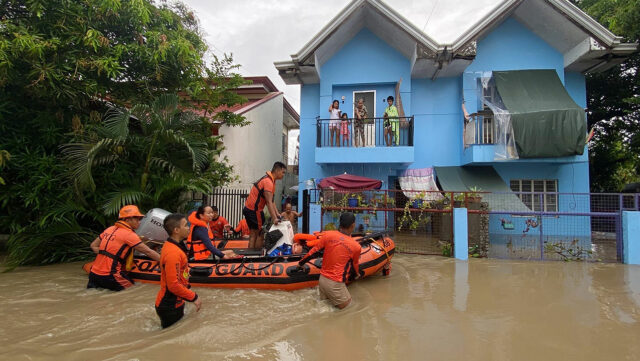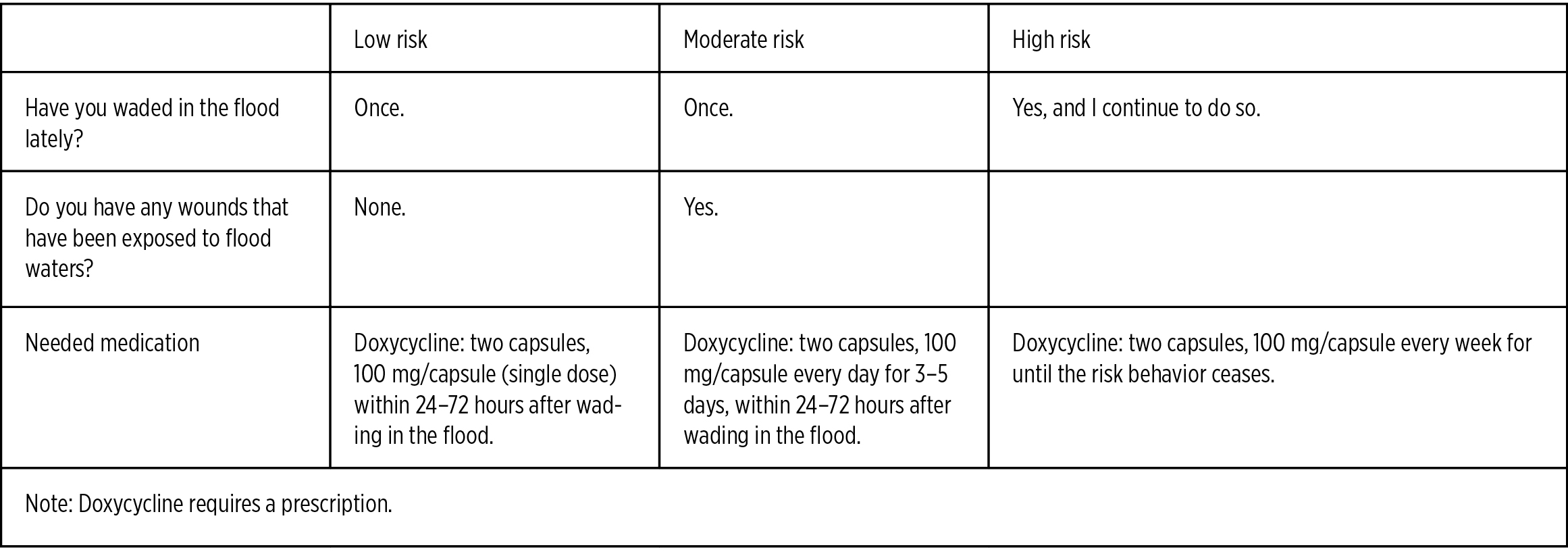DoH cautions the public against waterborne, foodborne diseases - BusinessWorld Online

RESIDENTS of areas flooded by Severe Tropical Storm Paeng (international name: Nalgae) should guard against possible outbreaks of waterborne and foodborne illnesses, influenza-like illnesses, leptospirosis, and dengue, a health official said.
The Department of Health (DoH) has activated the Inter-Agency Committee on Environmental Health, set to convene on Nov. 4, to discuss ways to address acute gastroenteritis and diarrhea cases, as well as cholera outbreaks, that may be caused by the onslaught of recent typhoons and floods.
According to a DoH surveillance report, leptospirosis deaths from January–October 2022 rose to 332 from 164 in the same period last year. Food- and waterborne diseases such as cholera and dengue likewise increased to 37 from 6, and 559 from 220, respectively. Acute bloody diarrhea, meanwhile, decreased to 67 for the current period, from 87 last year.
"The public should watch out for these diseases, especially those who are in evacuation centers. The rain and cold weather can cause colds, cough, and fever, which can easily transmit from one person to another," said Dr. Ariel I. Valencia, chief of the Calabarzon (Cavite, Laguna, Batangas, Rizal and Quezon) health office, in a Nov 1. statement.
"Handwashing, proper disposal of masks, and physical distancing should be observed. Inform officials of evacuation centers immediately if you have symptoms of these diseases," he added.
Tacloban, one of the areas in the Eastern Visayas affected by Paeng, reported six cholera cases on Oct. 28. Fifty-six other patients have also been confined at the government-run Eastern Visayas Medical Center and Tacloban City Hospital due to severe cases of dehydration. — Patricia B. Mirasol
Sidebar | Are you at risk for leptospirosis?
Leptospirosis is a bacterial infection that can cause heart, liver, and kidney failure in severe cases. It is found in animal urine collected in water gutters, making individuals with cuts on the skin or wounds on the feet who wade in floods susceptible to the disease.
Are you at risk for leptospirosis? The Department of Health shares the following advisory:

Sidebar | What do you need in a go bag?
The Department of Health advised packing a go bag for emergency situations. Here's what you should have in your kit:
- Food — non-perishable items such as biscuits, crackers, cup noodles and canned goods; 1.5 liters of drinking water, plus coffee and tea;
- Toiletries — toothbrush, toothpaste, mouthwash; sanitary napkins; soap, shampoo, and conditioner; hand sanitizer and alcohol; insect repellant; sunscreen
- First aid kit — bandages and sterile gauze; micropore tape; povidone iodine and alcohol; wound ointment; mefenamic acid and paracetamol tablets; maintenance medications
- Survival kit — pocket knife with can opener; flashlight or penlight and matches or lighter; rope, fishhook, and line; whistle; utensils and a plastic bag
- Personal Protective Equipment (PPE) and other equipment — safety goggles, dust mask, N95 mask, surgical gloves, raincoat, poncho; portable radio, batteries, powerbank, charger, extension cord
- Clothes and bedding — lightweight shoes and slippers; jacket; blanket and sleeping bag; an outfit that can be worn for up to three days
Comments
Post a Comment